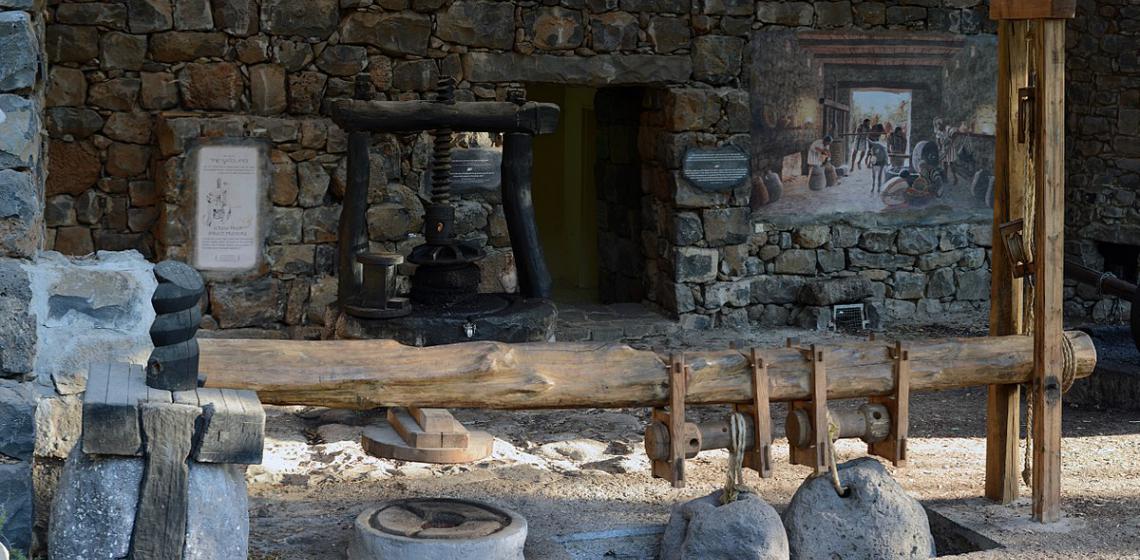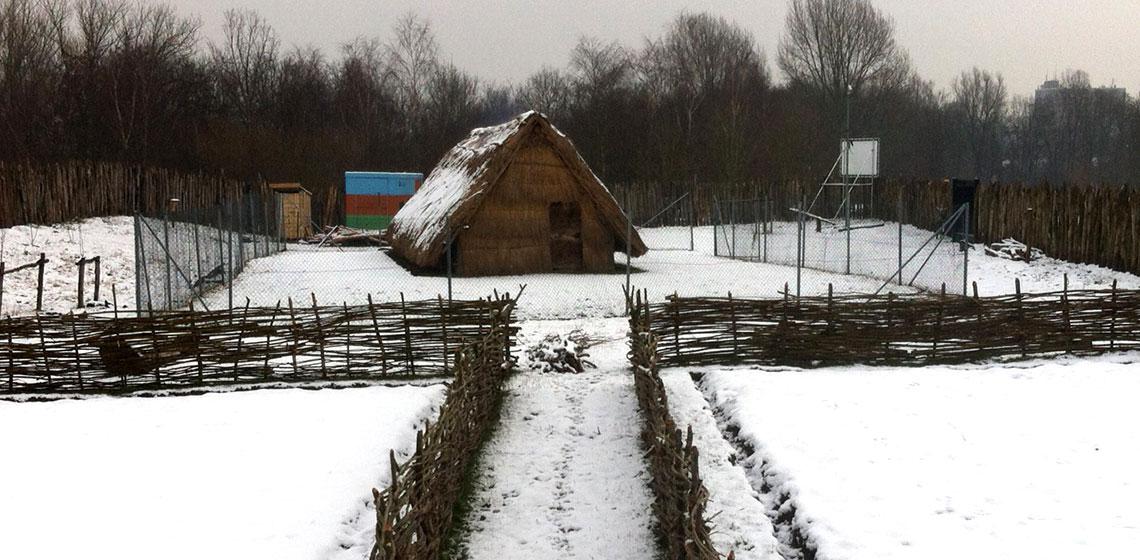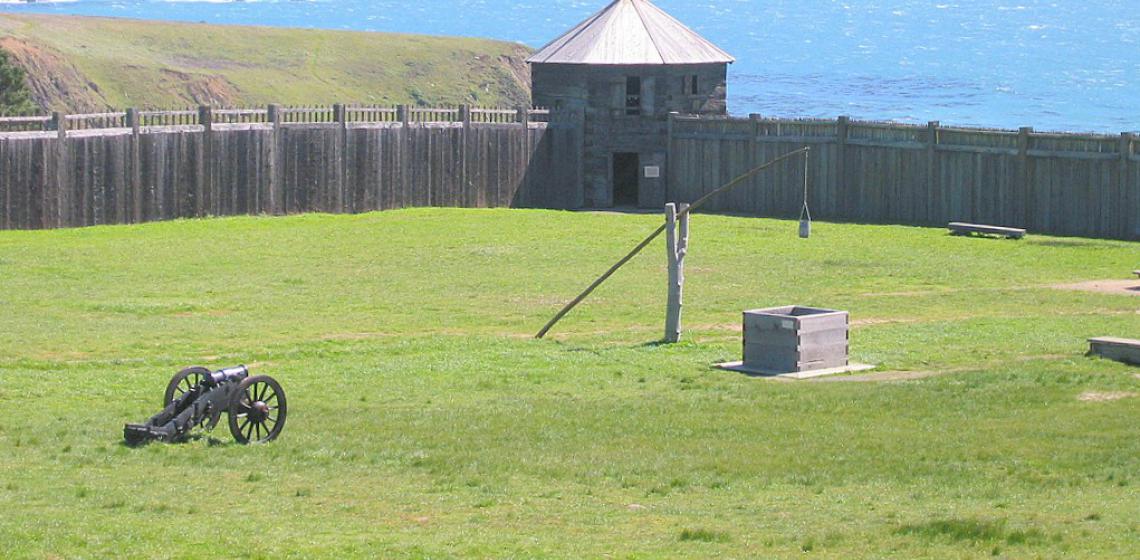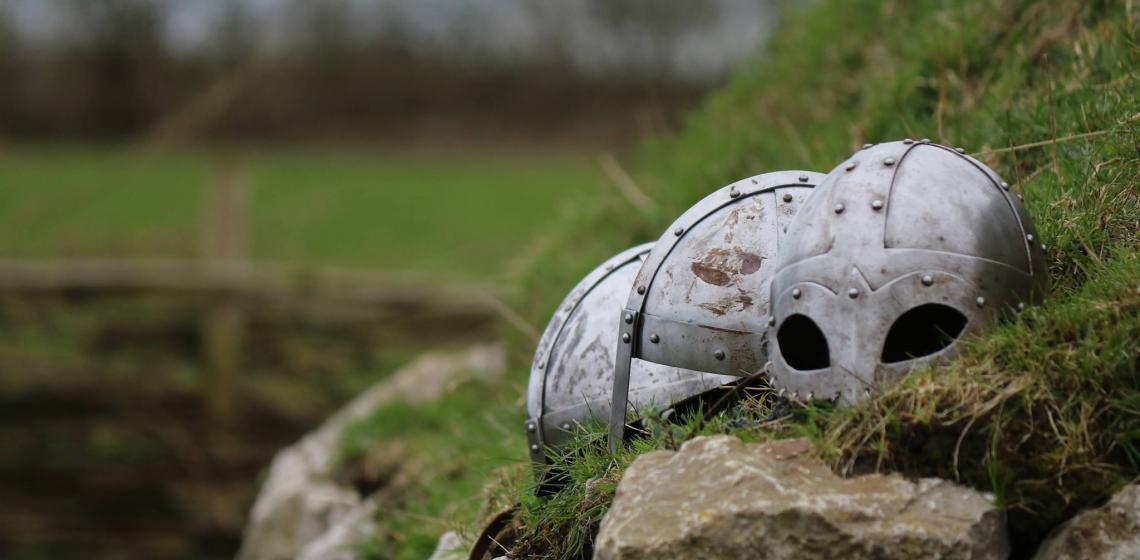Fort Edmonton Park (CA)
Fort Edmonton Park is a living history museum that focuses on Edmonton’s early years. After the old fort was torn down in 1915, citizens became interested in its history. The Fort Edmonton Foundation started 1969 with the execution of a masterplan with ten Eras. This plan was later amended and we can now see four distinct eras.
The four eras are:
# The Fur Trading Era as represented by the Hudson Bay Company Trading Fort (circa 1846)
# The Settlement Era as depicted on 1885 Street
# The Municipal Era (post railway) brought to life on 1905 Street
# The Metropolitan Era portrayed on 1920 Street and the Johnny J Jones Midway
The replica fort opened in 1974 and finally the 1920 Street was opened in the early 1990s.

![Image: The Rowand House. Source: By Dylan Kereluk from White Rock, Canada (Flickr) [CC BY 2.0 (http://creativecommons.org/licenses/by/2.0)], via Wikimedia Commons](/sites/default/files/styles/full_size_1140/public/fort_edmonton_cabin_1.jpg?itok=4RkdVJMn)
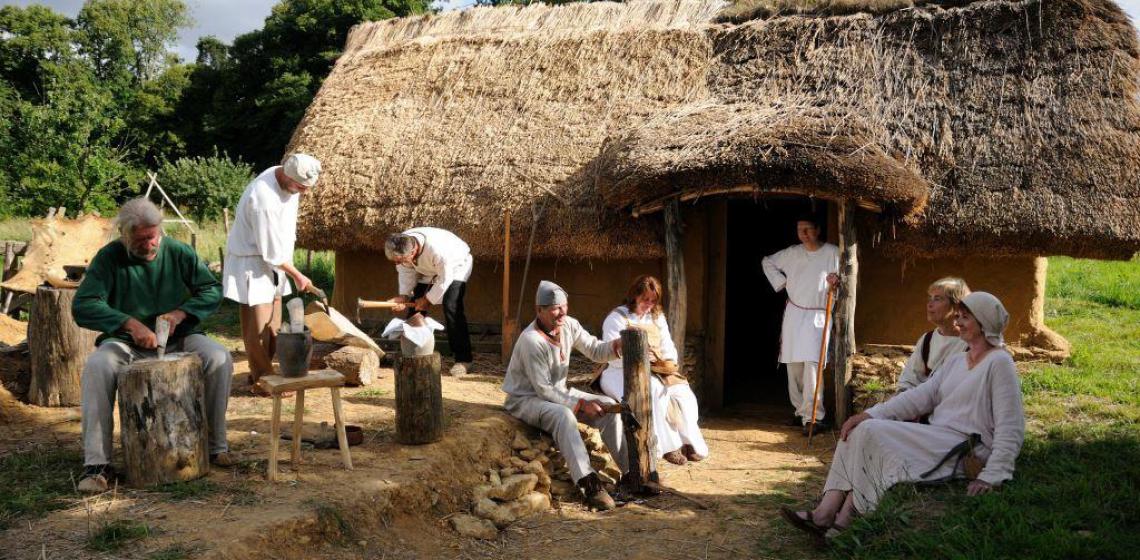
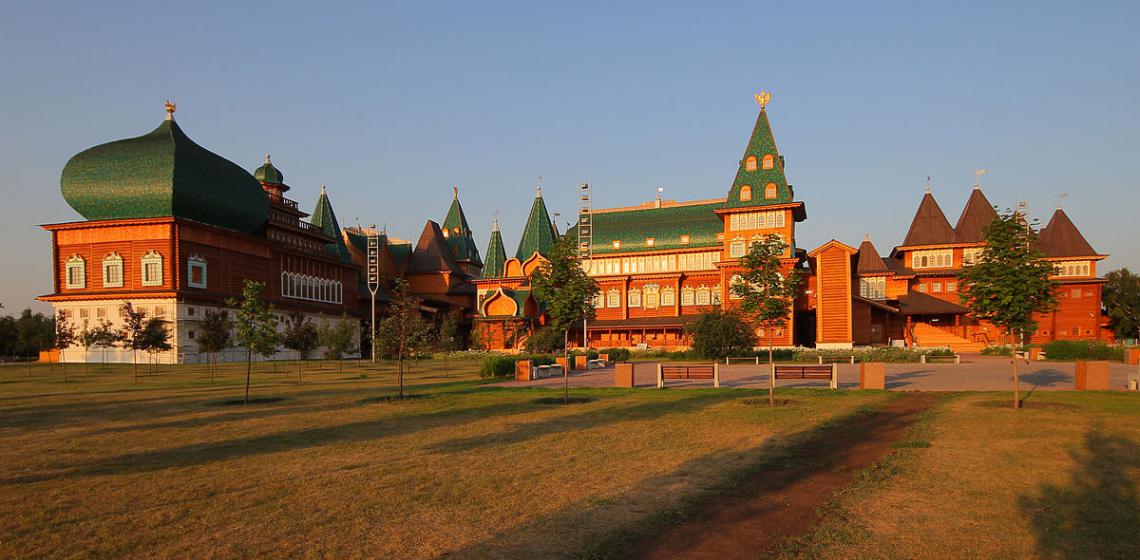
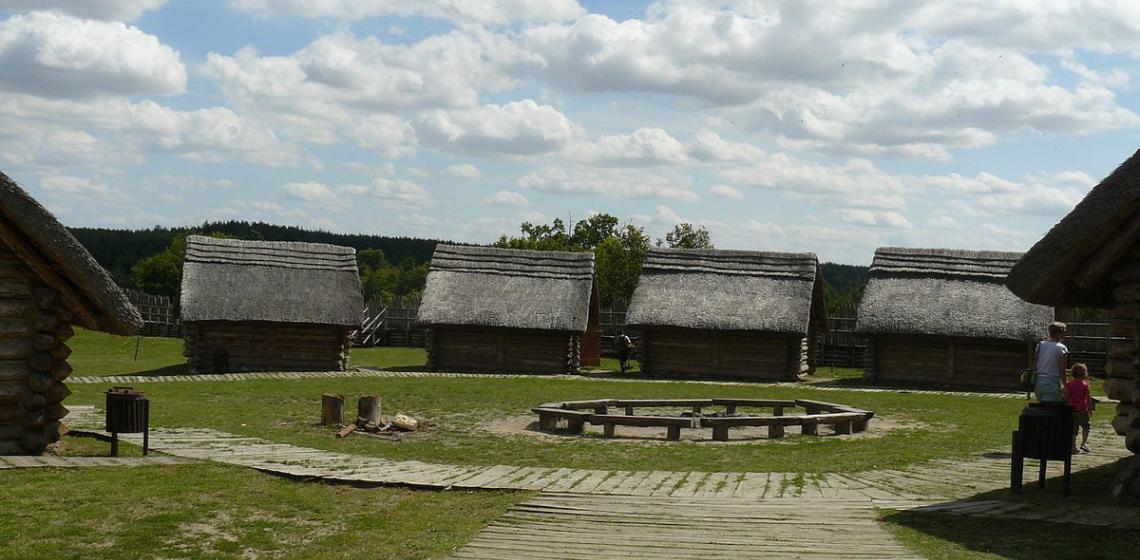
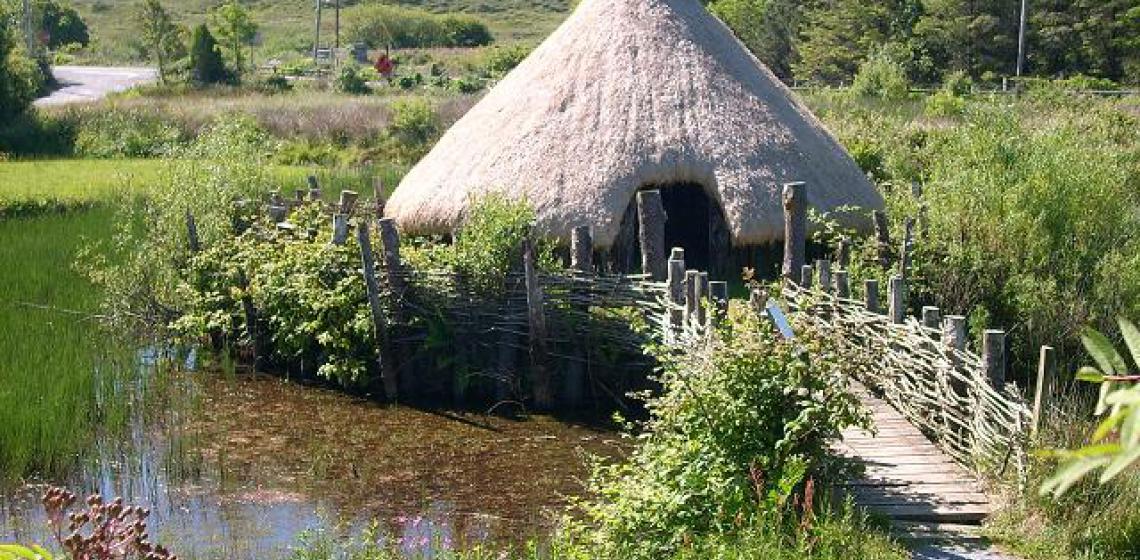
![Image by Isaac Crumm at English Wikipedia (Transferred from en.wikipedia to Commons.) [Public domain], via Wikimedia Commons](/sites/default/files/styles/full_size_1140/public/houseskoreanfolkvillage.jpg?itok=kYeTJ7yI)
